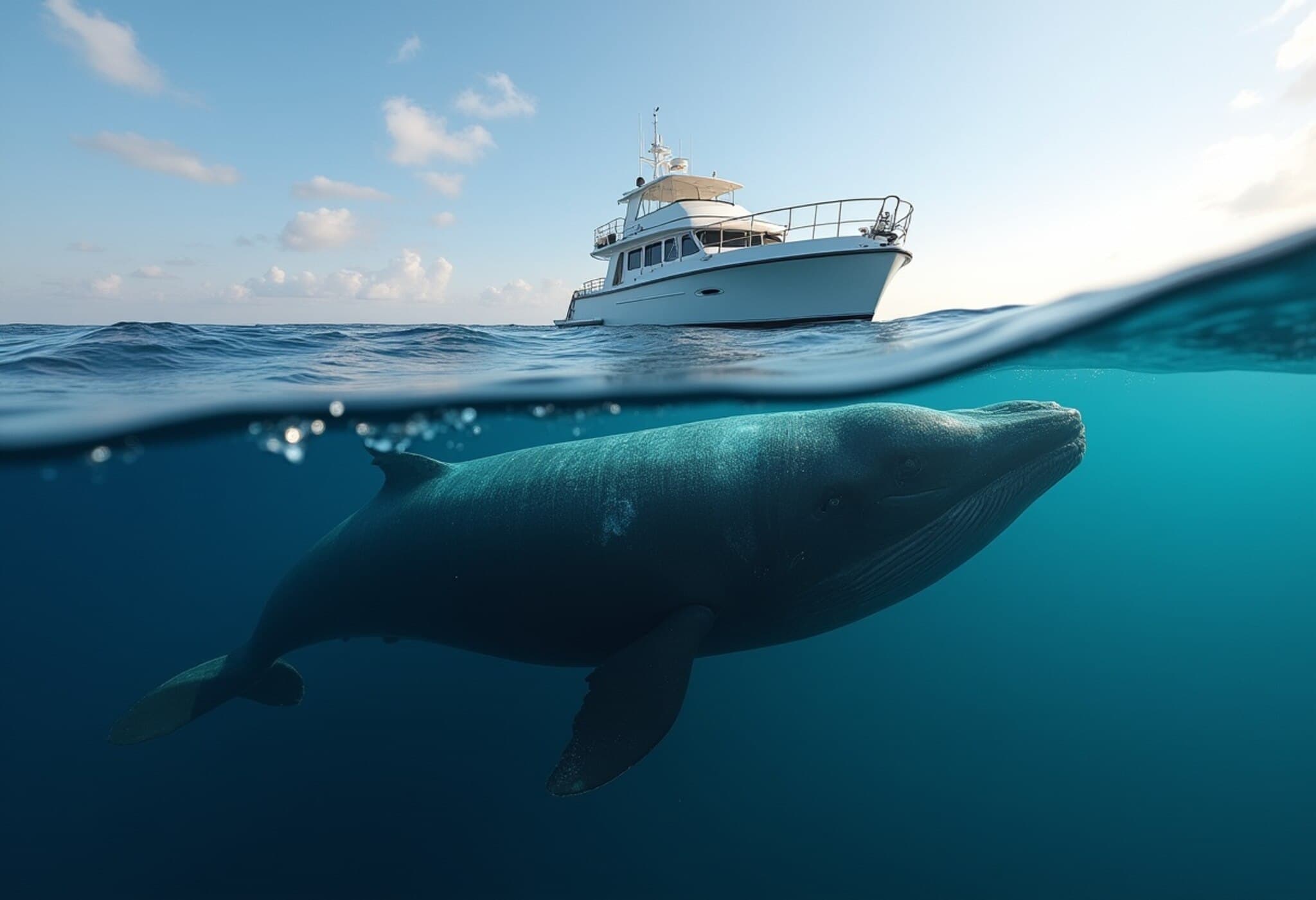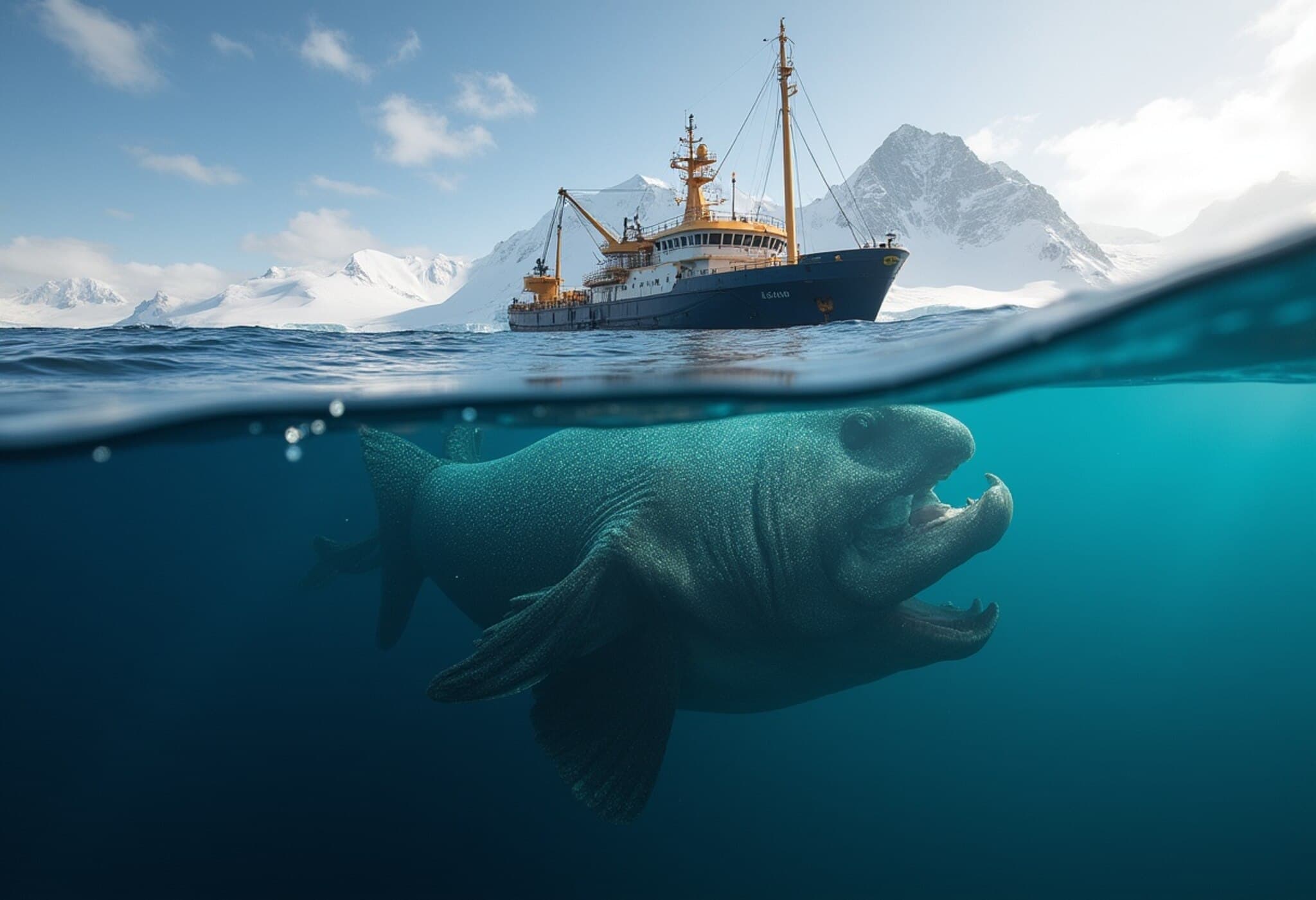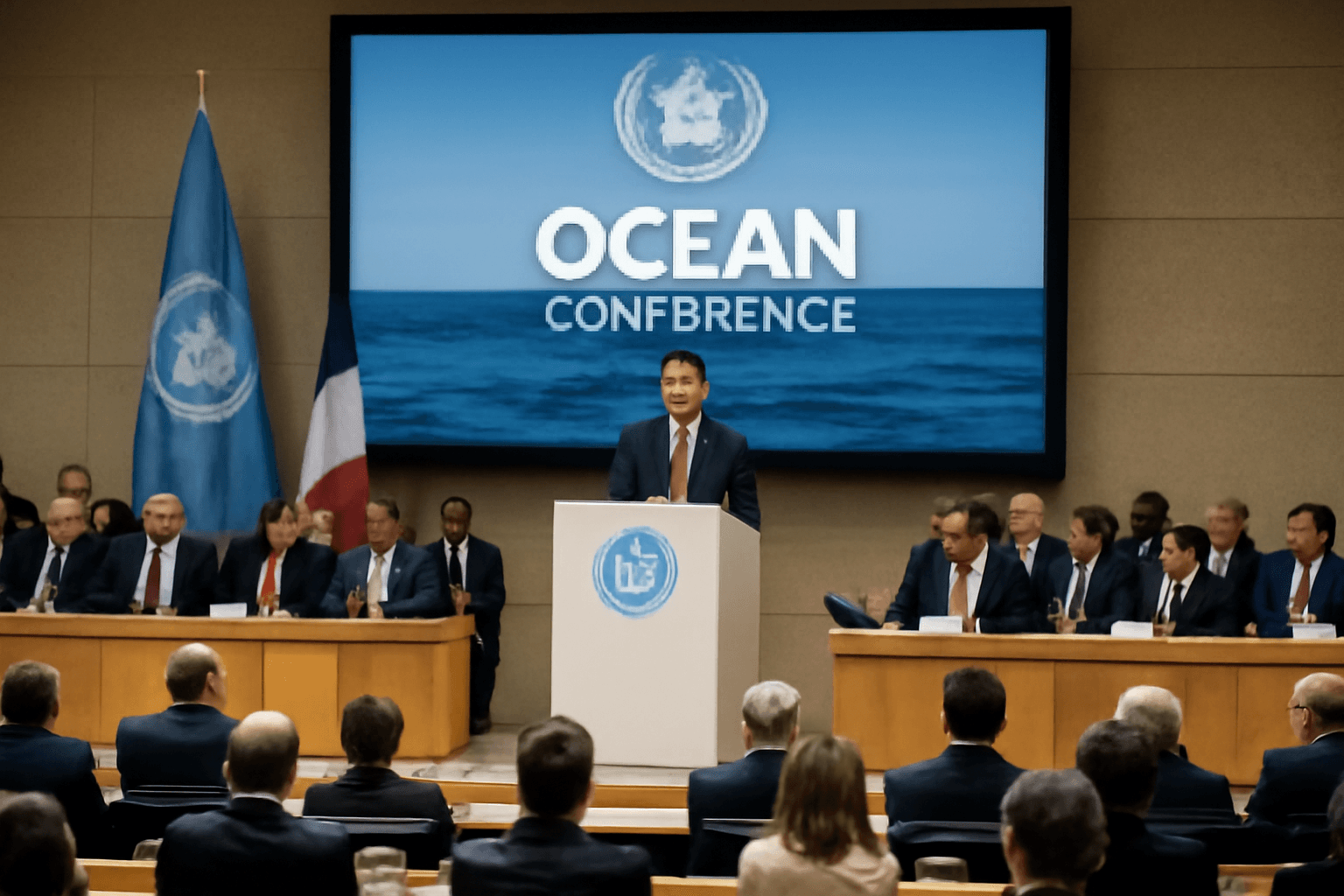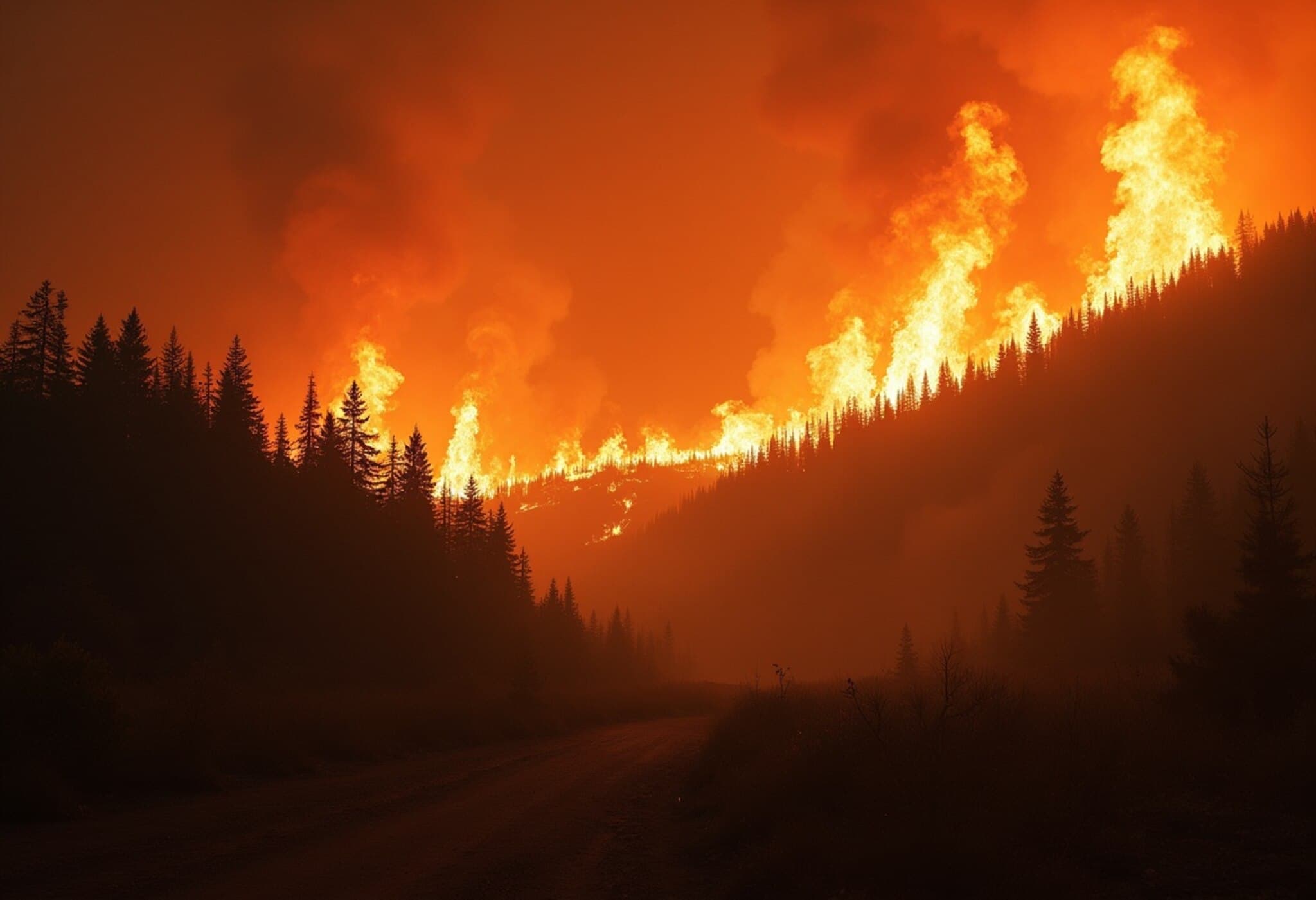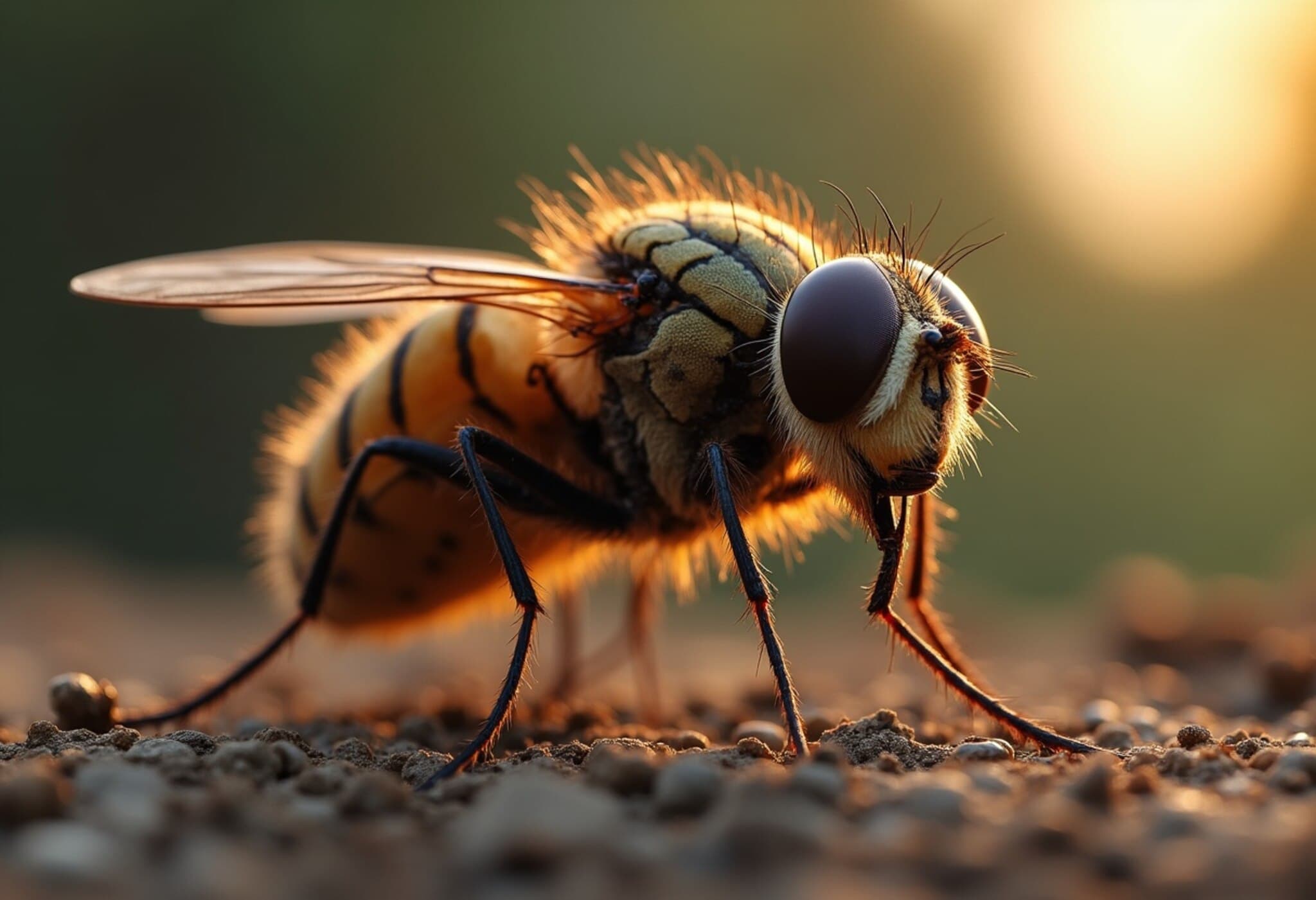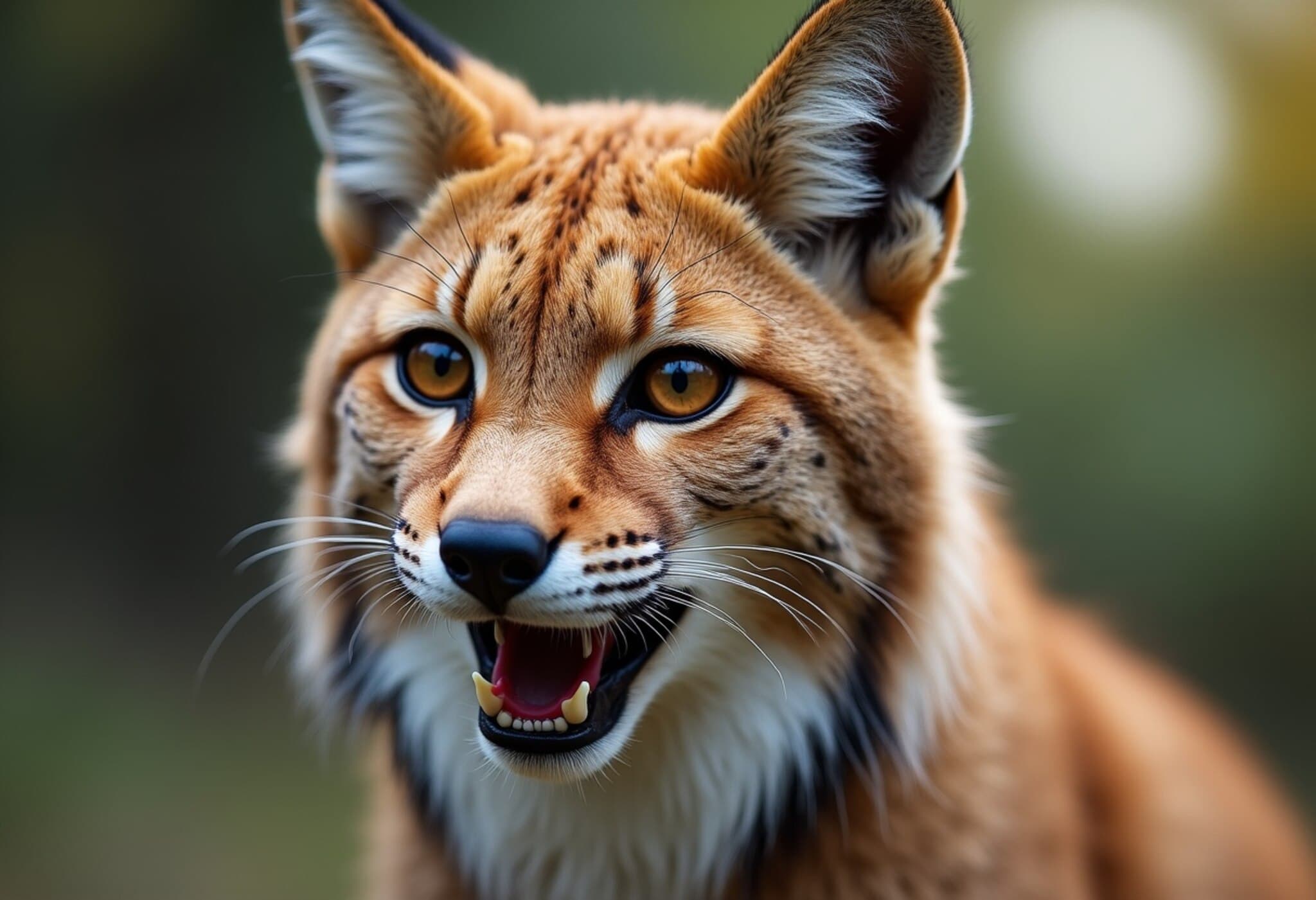Introduction: A Heartbreaking Incident in U.S. Waters
In a sobering reminder of the fragile balance between marine life and human recreation, officials have confirmed the death of a minke whale following a collision with a motorboat off the northeastern coast of the United States. This tragic event underscores growing concerns about marine wildlife safety amid increasing boat traffic in critical habitats.
Details of the Collision
The incident reportedly occurred near a popular boating area frequented by recreational and commercial vessels alike. The minke whale, a species known for its elusive nature and graceful presence, suffered fatal injuries from the collision. According to marine authorities, the boat involved was traveling at a speed inconsistent with recommended safe levels in wildlife-sensitive zones.
Why Minke Whales Matter
Minke whales play a vital role in marine ecosystems as mid-level predators, contributing to ocean health and biodiversity. They are generally considered less threatened than other whale species but remain vulnerable to human impacts such as vessel strikes and habitat disturbances.
The Growing Challenge of Vessel Strikes
Vessel strikes have become an increasing cause of mortality for large whales along the northeast US coastline, an area bustling with maritime activity. Experts attribute this trend to the combination of expanding coastal development, heightened boat traffic, and insufficient public awareness about marine conservation.
- Increased boat speeds in whale habitats elevate collision risks.
- Limited visibility and whale surfacing behavior complicate detection.
- Regulatory gaps in enforcing speed limits and designated marine protected areas.
Ongoing Conservation Efforts and Policy Perspectives
Federal and state agencies are actively exploring strategies to mitigate such incidents, including enhanced vessel speed regulations, improved monitoring technologies, and public education campaigns. The National Oceanic and Atmospheric Administration (NOAA) has recently emphasized collaborative approaches engaging boaters, fishermen, and conservationists to safeguard vulnerable marine species.
Legal frameworks like the Marine Mammal Protection Act provide a foundation for protection, but enforcement challenges persist. This incident amplifies calls for more stringent measures tailored to regional ecological realities.
Community and Ecological Impacts
Beyond the immediate loss of a majestic creature, such incidents ripple through the ecosystem and coastal communities dependent on marine biodiversity for economic and cultural sustenance. Whale watching industries, scientific research, and indigenous heritage all intersect with the health of whale populations.
Expert Commentary
Dr. Emily Carter, a marine biologist specializing in cetacean conservation, noted, "Each whale lost to human activities is a stark indicator of the environmental pressures our oceans face. While minke whales remain less endangered, incidents like this highlight the urgent need for comprehensive marine spatial planning and boat operator education to prevent avoidable tragedies."
Looking Ahead: Questions for Policy and Public Awareness
This unfortunate collision invites deeper reflection on how society balances economic activity with environmental stewardship. Key questions arise:
- Are existing marine protected areas effectively reducing vessel-whale collisions?
- How can technology improve real-time detection and avoidance of whales?
- What incentives or regulations can encourage responsible boating behavior?
Such inquiries are crucial in crafting resilient strategies that protect marine life without unduly restricting human engagement with the ocean.
Conclusion: Towards Safer Seas for Whales and Humans
The loss of the minke whale off the northeast US shore is a poignant reminder of the consequences when ocean travelers and wildlife intersect dangerously. As boating activities continue to rise, fostering coexistence through informed policy, education, and technology will be essential. Every effort to reduce vessel strikes contributes not only to saving majestic marine creatures but also to preserving the ecological and cultural wealth they represent.
Editor’s Note
This incident sheds light on a pervasive yet underreported maritime risk that jeopardizes marine mammals and coastal communities alike. It challenges policymakers, boaters, and citizens to reevaluate how we share ocean spaces. By asking difficult questions and supporting innovative conservation solutions, we can strive towards a future where marine life thrives alongside human activity.

